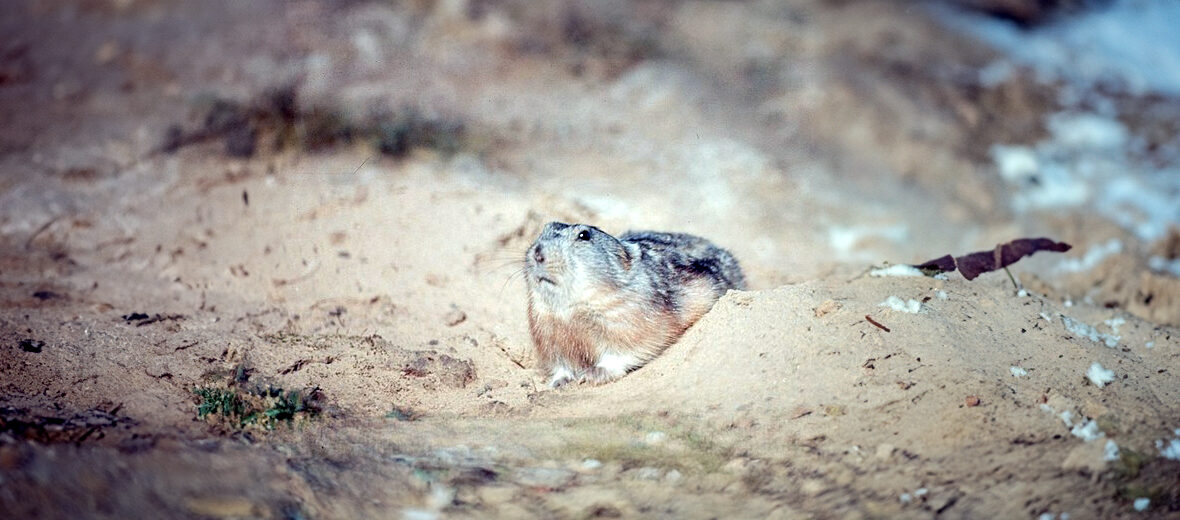
The northern collared lemming, aka Nearctic collared lemming or Peary Land collared lemming, dwells in Arctic North America, Wrangel Island, and Greenland. They were, at 1 time, considered to be a subspecies of the Arctic lemming. These little critters are on the smaller side, as lemmings go. The IUCN lists them as Least Concern due to no natural or artificial threats such as habitat destruction, or others. However, their population trend is unknown.
First the Stats…
Scientific name: Dicrostonyx groenlandicus
Weight: Up to 1+ ounce
Length: Up to 5.5 inches, plus up to a .59 inch tail
Lifespan: Up to 3 years
Now on to the Facts!
1.) There are some researchers who believe several other species of collared lemmings located in North America are actually a subspecies of D. groenlandicus.
2.) These lemming’s preferred habitat is the frigid tundra.
3.) In the summer, they feast on grasses, sedges, and other various green vegetation. In the winter, they feed on aspen, birches, and willow twigs.
4.) The predators of these lemmings include the likes of Arctic foxes, gulls, polar bears, snowy owls, and wolverines.
5.) Female lemmings rear between 2 – 3 litters of up to 4 – 8 young each per year.
But wait, there’s more on the northern collared lemming!
6.) The females undergo up to a 21 day gestation (pregnancy).
7.) These critters do not hibernate. They are active year round.
Did you know…?
Northern collared lemmings are cathemeral (active both day and night).
8.) These creatures create runways through the cold surface vegetation and they also construct burrows above the permafrost.
9.) If the temperatures dip too low they will dig a burrow under the snow for protection against freezing.
10.) Lemming populations go through a 3 – 4 year cycle of what is called boom & bust. This is where their populations will drastically increase and subsequently decrease. This also has an effect on the populations of their various predators.
11.) When their populations dramatically increase, many lemmings will disperse to other areas due to overcrowding.
Now a Short Northern Collared Lemming Video!
This video talks about the insulating features of lemmings in general.
Be sure to share & comment below! Also, check out the Critter Science YouTube channel. Videos added regularly!
Want to suggest a critter for me to write about? Let me know here.
Some source material acquired from: Wikipedia & IUCN
Photo credit: Colorado State University




